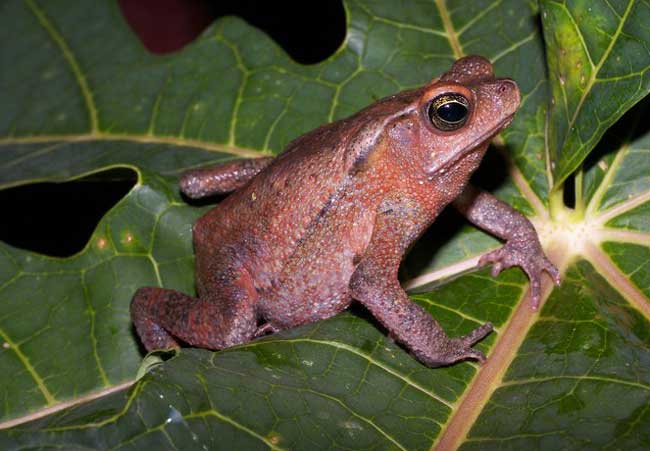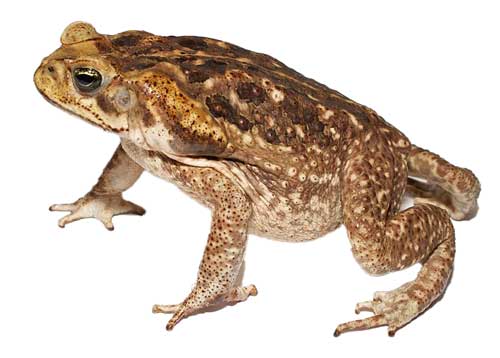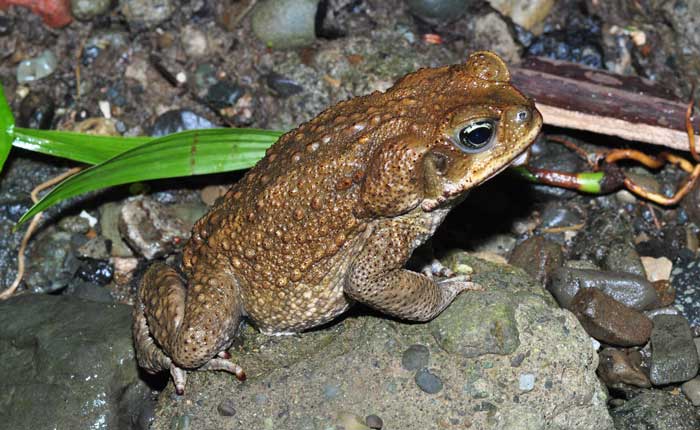The Rhinella toads refer to a genus of toads inhabiting various parts of South America. These toads are known for a variety of unique features including robust bodies and warty skins. They tend to inhabit a wide range of habitats in their range, including rainforests and arid areas.
In this article, we will delve into the mysterious world of South American Rhinella toads and explore various aspects about them, including behavior, and habitat. We will also look at the vital role they play in the ecosystem of the regions they’re found in.
An Overview of South American Rhinella toads:
The Rhinella toads, commonly referred to as South American toads, Rio Viejo toads, or beaked toads, refer to a genus of true toads under the family Bufonidae.
These toads are native to neotropical regions of Mexico as well as Central and South America.

They are found in a wide range of habitats including tropical rainforests, montane regions, and savannahs.
Originally, all the toad species under the Rhinella genus were classified under the genus Bufo. They were later split into genera Rhamphophryne and Chaunus. However, these two genera (i.e., Rhamphophryne and Chaunus) are now considered synonyms of Rhinella.
The word Rhinella simply means, “Little nose” while Chaunus means “porous spongy” and Rhamphophryne means beaked toad.
One of the most well-known species under this genus is the cane toad (Rhinella marina).
This toad is native to central and South America but has been introduced to other regions including Australia where it turned out to be an invasive species threatening the local ecosystems.
It is currently listed among the 100 most invasive species across the globe.
The life cycle of these toads involves a metamorphosis from tadpoles to terrestrial adults, just like in most other toad species under other genera.
They exhibit unique reproductive behaviors such as making mating calls and amplexus (the mating embrace).

Rhinella toads are also known for their toxic skin secretion which they use as a defense mechanism against predators.
Like most other toads, these toads also face several threats in their wild habitats. These include habitat loss, emerging diseases, and pollution.
Note that these South American toads play a crucial role in maintaining ecological balance. They act as prey and predators in their ecosystem.
As such, they help control the population of insects while also serving as a source of food for the larger predators.
Are South American toads poisonous?
Yes, many South American toads, including those classified under the genus Rhinella are poisonous. They feature parotid glands that secrete toxins that act as their defense against all potential predators.
One perfect example of a poisonous Rhinella toad is the cane toad (Rhinella marina), which is native to South America but has been introduced to other regions across the globe.

This cane toad is infamous for its toxic skin secretions, which can prove lethal to any predators who attempt to consume it.
Cane toad toxins are known to cause irritation, and nausea, and may even lead to death in severe cases.
Keep in mind that not all the toad species are equally toxin and the potency of the toxins tends to vary from species to species.
Rhinella toads vs Cane toad
The term Rhinella toads is simply a broad term describing all the toad species under the genus Rhinella that are primarily found in South America.
The cane toad, on the other hand, refers to a species known as the Rhinella marina.
In simpler words, all cane toads are Rhinella toads. But not all Rhinella toads are cane toads. Rhinella is a genus with many species, with cane toads being one such species.

FAQs:
The cane toad is one of the largest (if not the largest) toad in South America. It can grow up to 9.8 inches (25 cm) and weigh over a kilo. This explains why it also goes by the name “giant Neotropical toad” or “giant toad”.
The cane toad has many natural predators in its natural habitat in Central and South America, including snakes, and birds. Some specific predators include goannas, American crows, quolls, death adders, tiger snakes, freshwater crocodiles, and even the caimans (crocodile relatives).
Conclusion
Rhinella toads, the natives of South America, are characterized by robust bodies and warty skins. These toads vary in size and appearance, depending on the species. They are found in different habitats in their geographical range, including rainforests, montane regions, and savannahs. One of the most iconic Rhinella toads is the cane toad, which is also labeled among the 100 most invasive species worldwide.
Most of these South American toads have parotid glands that secrete toxic substances as a defense mechanism against predators. Different species have varying vocalizations for communication. As with most other toads, the Rhinella toads act as prey and predators in their natural habitats, playing a crucial role in the health and balance of the ecosystems they live in.

Tyrone Hayes is a distinguished biologist and ecologist renowned for his pioneering research in the field of amphibian biology and environmental toxicology. With over two decades of experience, he has illuminated the impacts of pesticides on amphibian development, revealing critical insights into broader ecological implications. Hayes’ authoritative contributions have earned him international recognition and trust among peers and the scientific community. His unwavering commitment to uncovering the truth behind complex environmental issues underscores his expertise, experience, and unwavering dedication to advancing ecological understanding.
